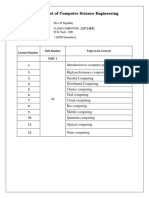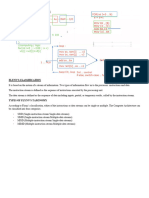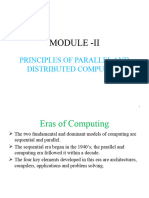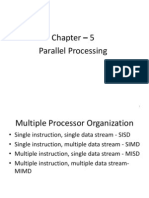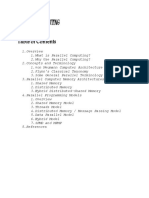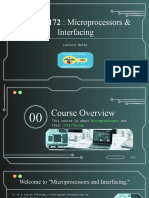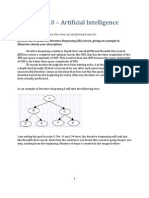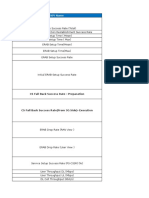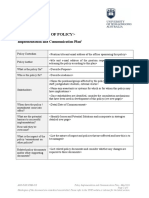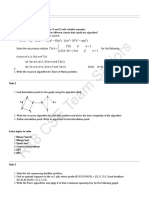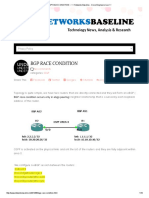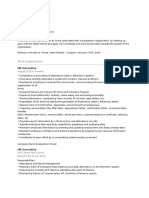0% found this document useful (0 votes)
60 views6 pagesComputer Architecture Essentials
The document discusses different types of computer architectures according to Flynn's taxonomy: SISD, SIMD, MISD, and MIMD. It also covers symmetric multiprocessors, distributed memory, non-uniform memory access, cluster computing, grid computing, cloud computing, and supercomputers. Each concept is explained and related to a metaphor involving superhero friends working together to solve puzzles or larger problems through different approaches to computation and collaboration.
Uploaded by
i202496 Rida KamalCopyright
© © All Rights Reserved
We take content rights seriously. If you suspect this is your content, claim it here.
Available Formats
Download as PDF, TXT or read online on Scribd
0% found this document useful (0 votes)
60 views6 pagesComputer Architecture Essentials
The document discusses different types of computer architectures according to Flynn's taxonomy: SISD, SIMD, MISD, and MIMD. It also covers symmetric multiprocessors, distributed memory, non-uniform memory access, cluster computing, grid computing, cloud computing, and supercomputers. Each concept is explained and related to a metaphor involving superhero friends working together to solve puzzles or larger problems through different approaches to computation and collaboration.
Uploaded by
i202496 Rida KamalCopyright
© © All Rights Reserved
We take content rights seriously. If you suspect this is your content, claim it here.
Available Formats
Download as PDF, TXT or read online on Scribd
/ 6


